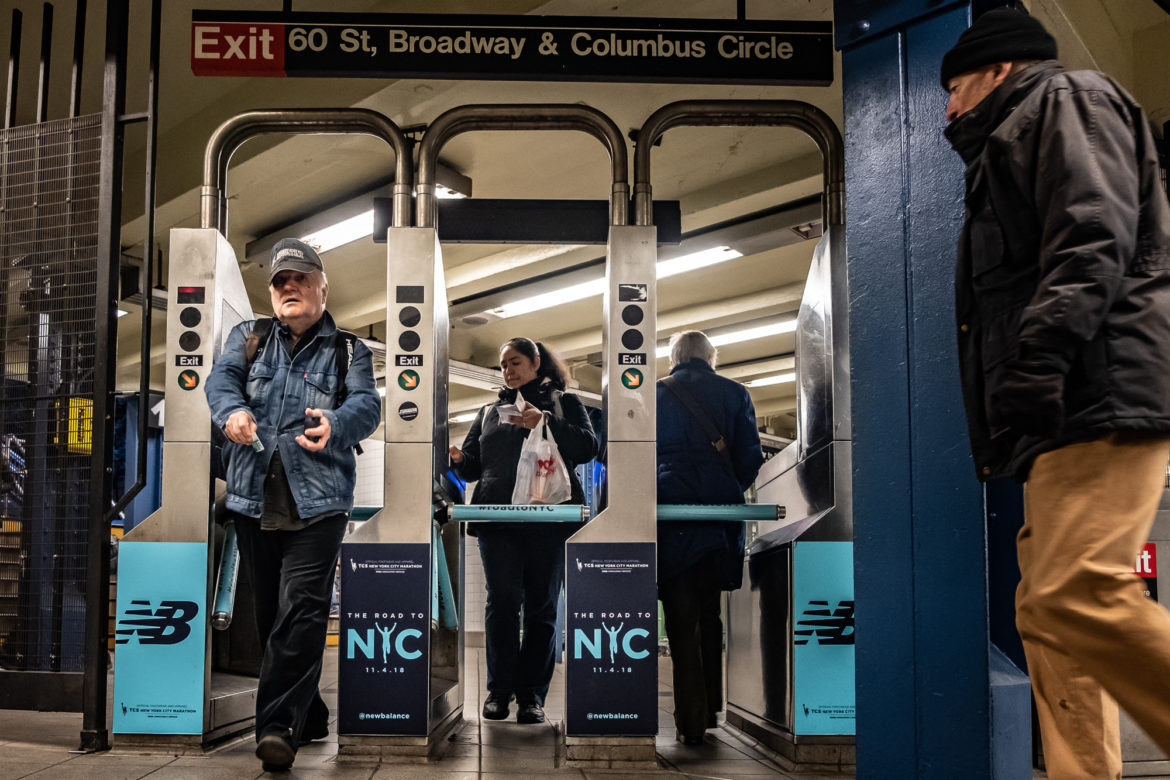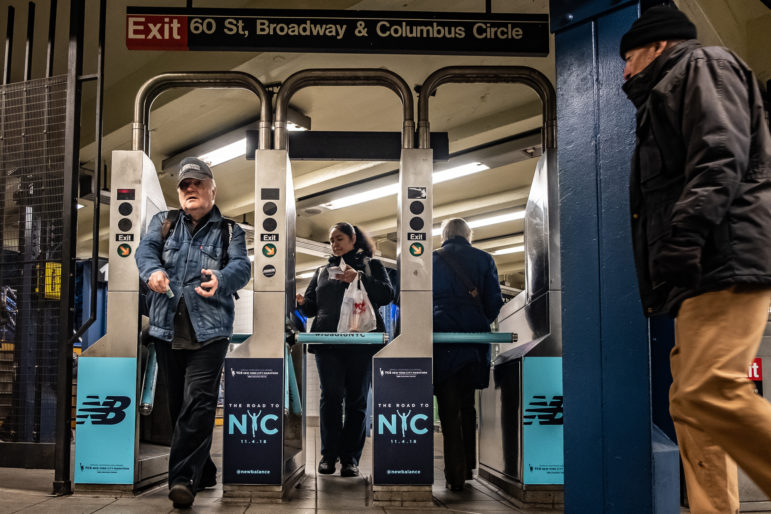“The MTA’s budgetary woes will not be solved by issuing fare evasion tickets in neighborhoods like Brownsville, where one in three residents live in poverty, especially when overtime pay for NYPD officers in the subway climbed from $4 million to $155 million in 2023.”

Adi Talwar
On Sept. 15, police officers fired their guns nine times to shoot a 37-year-old man when he allegedly drew a knife after being pursued for fare evasion. In the process, they shot one of their own officers and two bystanders—one of whom was hit in the head and left in critical condition.
In response, hundreds of protestors gathered to criticize the police presence in New York City’s subways, with many arguing that such escalatory violence is inevitable under a system that criminalizes poverty. It is unsurprising that this shooting took place in Brownsville, one of Brooklyn’s lowest income neighborhoods and where police officers issued six times as many fare evasion tickets in subway stations than the citywide average in 2023.
The MTA’s budgetary woes will not be solved by issuing fare evasion tickets in neighborhoods like Brownsville, where one in three residents live in poverty, especially when overtime pay for NYPD officers in the subway climbed from $4 million to $155 million in 2023, dwarfing the amount of fares recouped from issuing tickets in the first place.
Simultaneously, it is true that the MTA faces a growing fare evasion problem, one that its chief executive called its “No. 1 existential threat.” While there’s a convincing argument to be made that the MTA’s multi-billion-dollar budget shortfall due to the indefinite pause of congestion pricing is a larger existential threat, the fact remains that the MTA has its sights set on reducing fare evasion and is aggressively pursuing policy solutions in that realm.
However, reducing fare evasion starts with expanding access to Fair Fares and not policing: criminalizing poverty will not create the conditions in which New Yorkers magically gain the ability to pay for these services if they cannot afford them in the first place.
Created in 2018, Fair Fares currently provides 50 percent discounted MetroCards to over 300,000 New Yorkers, serving as a critical lifeline for nearly one in three low-income residents struggling to afford fares across the city. Despite this, uptake of the program remains staggeringly low, at just 33 percent in 2022. While the threshold for income eligibility recently increased to 120 percent of the Federal Poverty Level (FPL), it remains prohibitively low. A person making slightly more than $18,000—less than the annual earnings from a full-time minimum wage job—would be ineligible for the program.
Groups like the Community Service Society have rightfully advocated for expanding eligibility to 200 percent of the FPL, and the MTA’s own fare evasion task force has called for increasing outreach for the program, but these solutions can quickly be struck down due to budgetary concerns, real or imagined. Instead, there’s a smaller administrative fix that can boost enrollment while potentially avoiding budgetary attacks.
This fix relies on loosening the city’s means-tested approach to Fair Fares. Currently, Fair Fares recipients must reapply for the program annually, a process that introduces additional friction into accessing a program that is already under-publicized and underutilized. While the Human Resources Administration has streamlined this process in recent years through its online and mobile app platforms, the renewal process places a burden on individuals that may not have the time or resources to easily gather documentation to prove their eligibility every year. Even upon approval, applicants must wait two to three weeks to receive their Fair Fares cards by mail, an additional barrier given that low-income New Yorkers are more likely to experience homelessness and lack permanent mailing addresses.
Instead, the city can reduce these administrative burdens on both its own agencies and recipients of Fair Fares by changing the renewal process to only be required every two years. In doing so, they can shift the savings from reduced administrative overhead to actual benefit provision in a way that boosts participation. This should not raise alarms for those that are concerned about individuals gaming the program: within a three-year period, nearly half of New Yorkers are likely to experience a spell of poverty, and yearly wage growth for those in low- and middle- wage industries remains less than 1 percent after inflation.
In other words, those that are eligible for the program in one year are likely to be eligible for the program in the following year. Additionally, given the prohibitively low eligibility threshold, this serves the dual purpose of preventing low-income New Yorkers from being punished if their wages happen to climb even slightly above the threshold: someone who makes $1 above the threshold would immediately lose Fair Fares eligibility upon renewal. Introducing a two-year renewal period would buffer against a policy structure that punishes people for even minimally improving their circumstances.
This is, of course, a more modest policy fix for a larger systemic issue. Policy adjustments such as this one are only necessary in a world where assistance is contingent upon tests of deserving it. While this is an important incremental step towards a more compassionate system that does not criminalize poverty, it is worth reflecting on the overarching structure of a public transit system that is existentially reliant on fares in the first place, especially given the recent success of the MTA’s free bus pilot. The crime of fare evasion only exists when there is a fare to evade.
Ryan Vinh is a social policy research analyst and a graduate student in Hunter College’s Department of Urban Policy and Planning.
(Except for the headline, this story has not been edited by PostX News and is published from a syndicated feed.)

